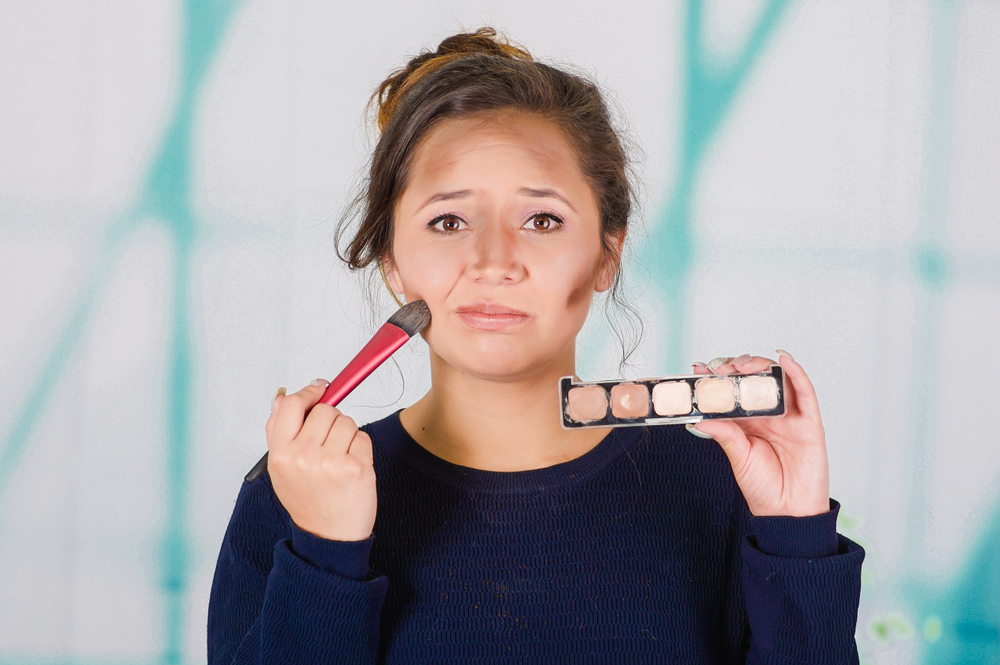Wellness trends come and go, but some stick around longer than they should despite a lack of real benefits. Many of these fads promise miracles, from instant detoxification to life-changing spiritual awakenings, but often fail to deliver. While self-care and holistic health are important, some trends have been debunked or proven ineffective by science. Instead of providing true healing, they often waste money, spread misinformation, or even cause harm. As people become more informed, many are finally letting go of these overhyped wellness crazes.
1. Crystal Healing

Crystal healing has been a popular trend in the wellness world, with claims that different stones have unique healing properties. Advocates believe that crystals can rebalance energy, reduce stress, and promote overall well-being. While they may have a placebo effect, there is no scientific evidence that crystals alter health in any meaningful way. Their “powers” are based on metaphysical beliefs rather than medical science.
Many people enjoy crystals for their beauty and symbolism, which is harmless when used as a mindfulness tool. However, problems arise when they are marketed as replacements for legitimate medical treatments. Some people delay seeking real healthcare because they believe crystals alone can heal them. According to Live Science, the benefits of crystals are primarily psychological rather than physiological. While they can be a fun and decorative part of self-care, they shouldn’t be relied upon for serious health concerns.
2. Juice Cleanses
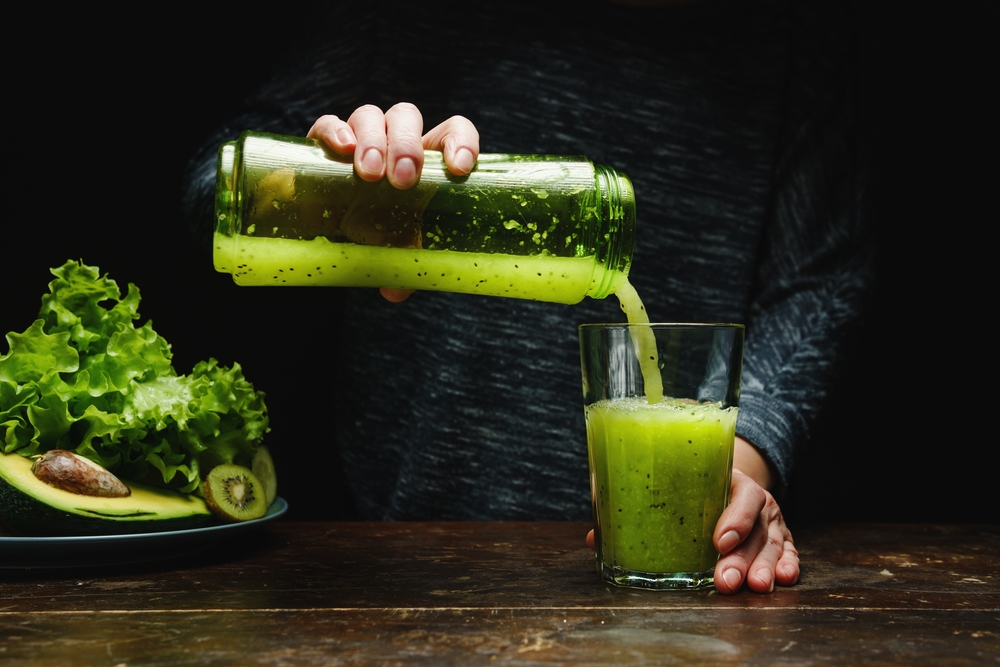
For years, juice cleanses have been marketed as the ultimate detox for resetting the body and flushing out toxins. However, the body already has built-in detoxification systems—the liver and kidneys—that do this naturally. While juicing can provide vitamins, it also strips fiber from fruits and vegetables, making it less beneficial than eating them whole. According to Scripps Health, juice cleanses are not as beneficial as they are marketed to be and may even have adverse effects on metabolism and overall health. Many juice cleanses are also low in protein and healthy fats, leading to energy crashes and muscle loss.
Beyond the lack of real detox benefits, extreme juice cleanses can slow metabolism and create an unhealthy relationship with food. They are often expensive and unsustainable, forcing people into cycles of restriction and overindulgence. Instead of relying on juice cleanses a balanced diet with whole foods and adequate hydration is the best way to support long-term health. If you enjoy fresh juice, it should complement a healthy lifestyle rather than replace meals entirely.
3. Charcoal Detoxes
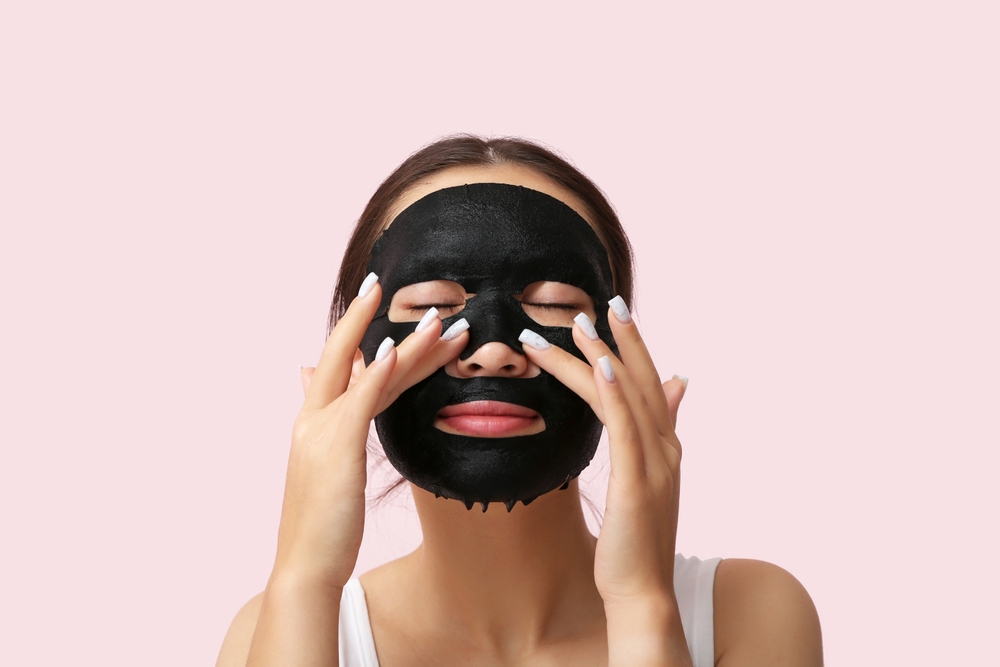
Activated charcoal has been promoted as a detoxifying agent in drinks, face masks, and even toothpaste. It absorbs toxins from the body, leading to clearer skin, improved digestion, and better health. While charcoal is used in hospitals for poisoning cases, its everyday wellness use is vastly overhyped. It doesn’t just absorb toxins—it can also interfere with medications and essential nutrients.
Regular consumption of activated charcoal can lead to digestive issues, dehydration, and even nutrient deficiencies. Charcoal toothpaste, despite its popularity, has been shown to wear down enamel over time rather than improve oral health. Detoxing the body doesn’t require charcoal—eating fiber-rich foods, staying hydrated, and supporting gut health are much more effective. This trend has become more of a gimmick than a real wellness solution. According to Medical News Today, no current research proves that activated charcoal can detoxify the body effectively.
4. Alkaline Water
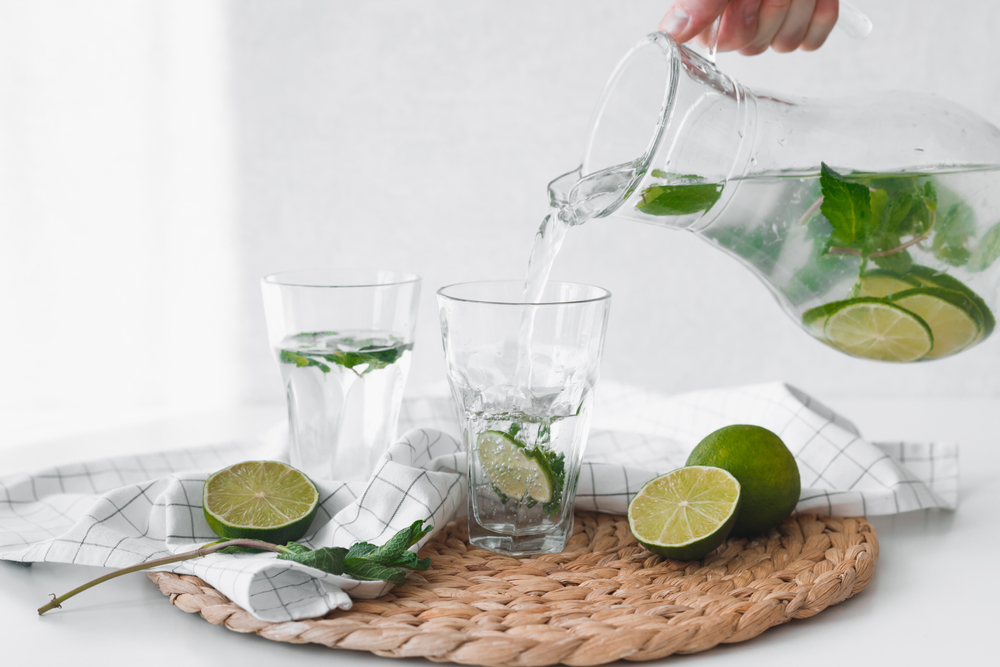
The idea behind alkaline water is that it neutralizes acidity in the body, reducing inflammation and preventing disease. While hydration is essential, there’s little evidence that drinking alkaline water provides benefits beyond what regular water already does. The human body tightly regulates pH levels, making it unnecessary to alter them through diet. Many health claims surrounding alkaline water, including its ability to fight cancer, lack scientific backing.
Expensive alkaline water machines and bottled products are often just another way to market basic hydration. In reality, eating a diet rich in whole foods, fruits, and vegetables is a more effective way to support the body’s natural balance. Most people will see no difference in their health by switching to alkaline water. At the end of the day, drinking enough plain water is far more important than worrying about pH levels. According to Healthline, claims about alkaline water’s health benefits are largely unsupported by scientific evidence.
5. Celery Juice for Everything
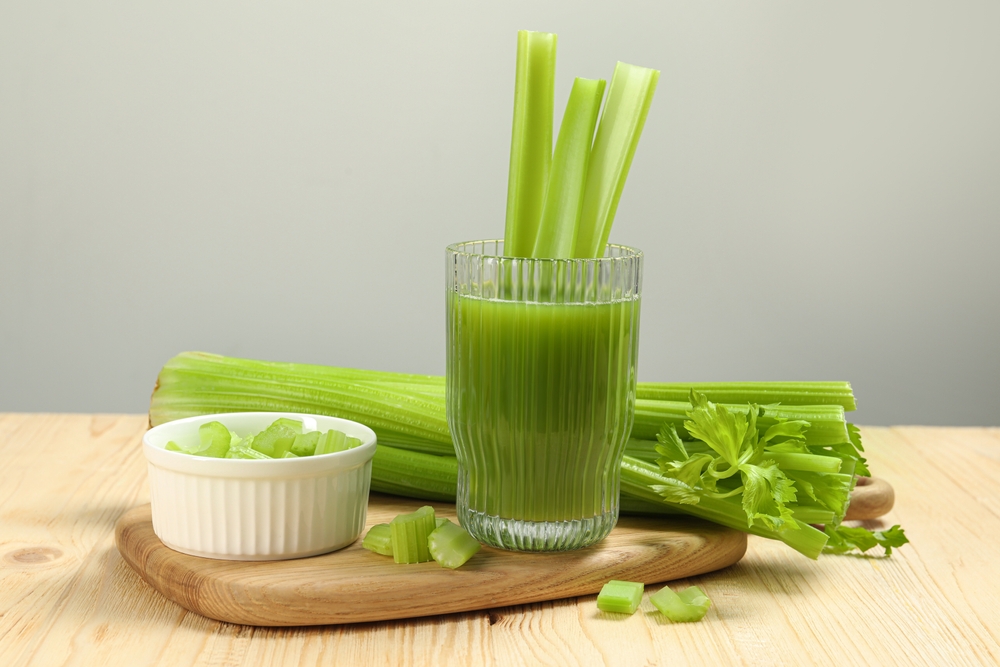
Celery juice exploded in popularity thanks to social media, with claims that it could heal digestion, clear skin, and even cure chronic illnesses. While celery is a nutritious vegetable, its juice isn’t a magical cure-all. Many of its benefits come from hydration rather than any special properties of celery itself. The claims surrounding celery juice are largely exaggerated and lack strong scientific backing.
Drinking celery juice is not harmful, but it’s also not a miracle elixir. If you enjoy it, there’s no harm in incorporating it into your routine, but expecting it to replace a well-rounded diet is unrealistic. A more effective approach to wellness is eating a variety of nutrient-dense foods. No single food or drink can replace overall healthy habits.
6. Infrared Sauna Detoxes

Infrared saunas have been marketed as a superior way to detox the body by making you sweat out toxins. While saunas can provide relaxation and temporary relief for sore muscles, their detox claims are overblown. The body’s main detoxification organs are the liver and kidneys, not the sweat glands. Sweating primarily regulates temperature rather than eliminating toxins.
Using an infrared sauna can feel great and promote relaxation, but it won’t replace the body’s natural detoxification processes. The wellness industry often exaggerates its benefits to sell expensive sauna sessions and home units. While it’s a great way to unwind, the detox hype surrounding it is misleading. Staying hydrated and maintaining a balanced diet are more effective ways to support health.
7. Homeopathic Remedies

Homeopathy is based on the idea that highly diluted substances can treat illnesses, but scientific research has consistently found it to be ineffective. Many homeopathic products contain such extreme dilutions that they lack any active ingredient at all. While some people believe in their effects due to the placebo response, there is no real physiological benefit.
The danger of homeopathy lies in its promotion as an alternative to proven medical treatments. Relying on it for serious health conditions can delay proper medical care and lead to worsening symptoms. While natural remedies can sometimes complement mainstream medicine, homeopathy has been debunked as an effective treatment method. People are increasingly recognizing that evidence-based medicine is a far safer and more effective approach.
8. Oil Pulling

Oil pulling, an ancient Ayurvedic practice, involves swishing oil—usually coconut or sesame oil—in the mouth for up to 20 minutes. Advocates claim it detoxifies the body, improves oral health, and even whitens teeth. While oil pulling can help reduce harmful bacteria in the mouth, its benefits are often exaggerated. There is no scientific evidence that it “pulls toxins” from the bloodstream or dramatically improves overall health. Many people believe it can replace brushing and flossing, which is misleading and could lead to poor oral hygiene.
Though oil pulling may provide minor oral health benefits, it shouldn’t replace traditional dental care. Dentists recommend sticking to proven methods like brushing twice a day, flossing, and using fluoride toothpaste. Oil pulling might help with bad breath or mild plaque reduction, but it’s not a miracle cure. It also takes a long time to do daily, making it impractical for most people. Instead of relying on oil pulling, maintaining a consistent and well-researched oral hygiene routine is a much better option.
9. Herbal Detox Teas
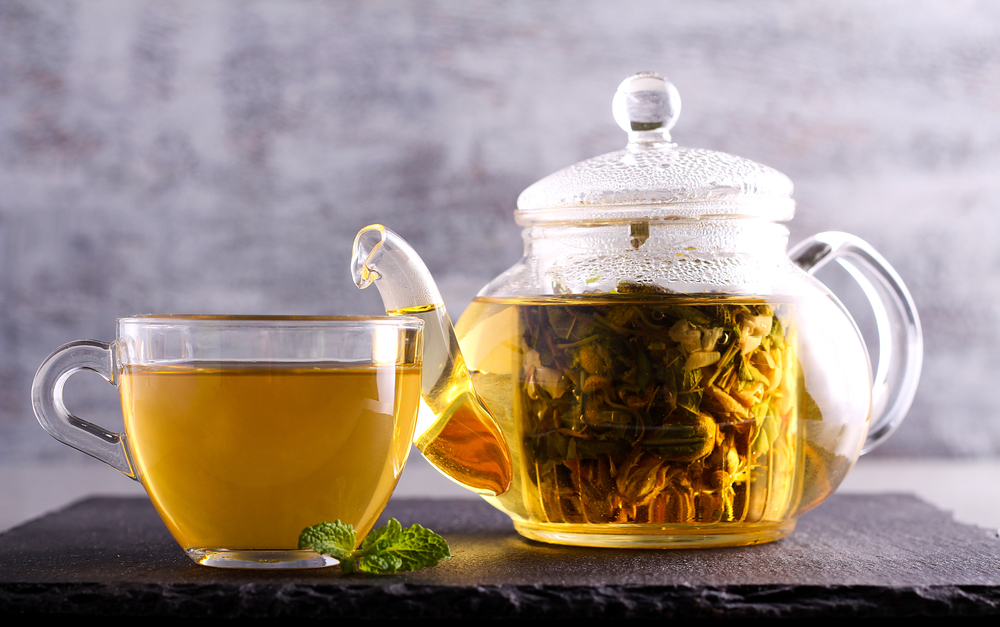
Herbal detox teas promise to cleanse the body, aid digestion, and promote weight loss. Many of these teas contain laxatives like senna, which can lead to dehydration, nutrient loss, and dependency. While they might cause temporary weight loss due to water loss, they do not help burn fat or remove toxins. The body already has an efficient detoxification system through the liver and kidneys, making these teas unnecessary. Some people experience severe stomach discomfort and digestive issues after regular use.
The marketing for detox teas often includes celebrity endorsements, giving the illusion of effectiveness. However, their long-term use can lead to health problems, including electrolyte imbalances and digestive disorders. Rather than relying on detox teas, eating fiber-rich foods and staying hydrated are healthier ways to support digestion. If weight loss is a goal, sustainable lifestyle changes will always be more effective than quick fixes. Ultimately, these teas are a marketing gimmick rather than a real solution for detoxification or wellness.
10. Sound Healing Therapy

Sound healing therapy claims that certain frequencies and vibrations can heal the body, reduce stress, and balance emotions. Instruments like singing bowls, tuning forks, and gongs are used in sessions to create a meditative experience. While sound can have a calming effect, there is little scientific evidence to support its healing claims. Most of the benefits people experience come from relaxation rather than any physical changes in the body. Despite this, many wellness centers market sound healing as a cure for various ailments, from anxiety to chronic pain.
The issue with sound healing isn’t the relaxation it provides, but the false medical claims surrounding it. Some practitioners suggest that sound frequencies can repair DNA, which has no basis in scientific fact. While music and sound therapy can be beneficial for stress relief, they do not replace medical treatments. People looking for stress management techniques may find sound baths soothing, but they should be viewed as complementary rather than curative. Like many wellness trends, sound healing is best enjoyed as a form of relaxation, not a miracle cure.
11. Breatharianism

Breatharianism is one of the most extreme and dangerous wellness trends, claiming that people can survive without food or water by living off energy alone. Some followers believe that through meditation and spiritual enlightenment, they can sustain themselves solely on prana, or life force energy. Despite its spiritual appeal, this practice is scientifically impossible and has led to cases of starvation and severe malnutrition. The human body needs nutrients from food and water to function, and there are no proven cases of true breatharians existing without sustenance.
While fasting has some health benefits when done safely, Breatharianism takes it to a life-threatening extreme. Some proponents of the movement have been exposed for secretly eating while claiming otherwise. Others have suffered severe health consequences from attempting to live without food. This trend promotes dangerous misinformation that can lead to serious harm. Rather than seeking extreme spiritual practices that defy biology, balanced nutrition, and mindful eating are much safer paths to wellness.
12. Ear Candling
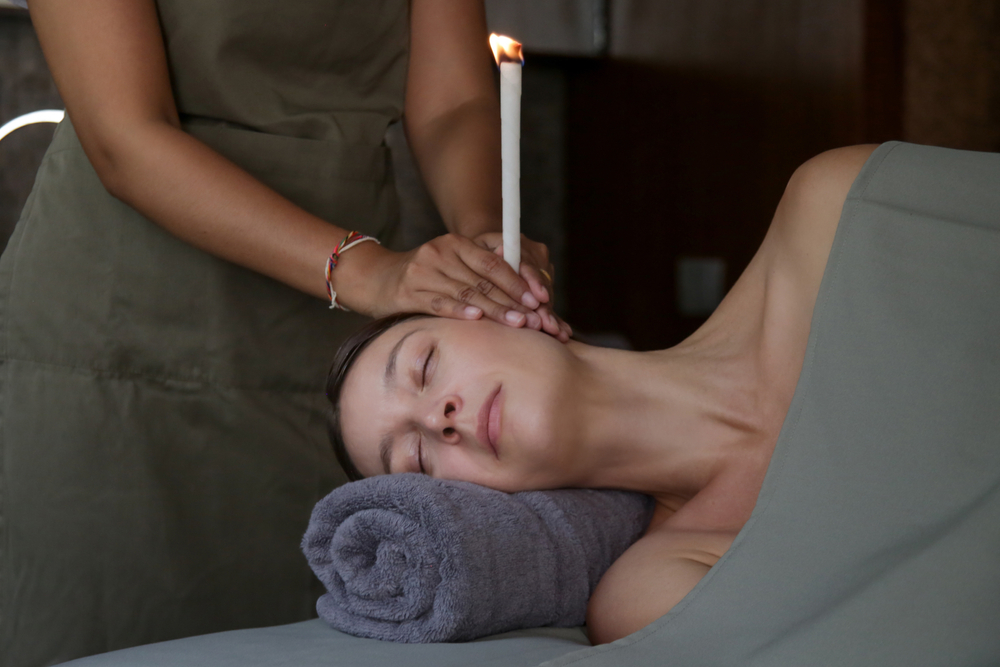
Ear candling involves placing a hollow, cone-shaped candle in the ear and lighting it, with claims that it removes wax, toxins, and impurities from the body. However, studies have shown that ear candling is ineffective and can even be harmful. The waxy residue left behind after burning the candle is not earwax but soot from the candle itself. Additionally, the practice poses serious risks, including burns, ear canal blockages, and even perforated eardrums. Despite these dangers, ear candling continues to be promoted as a natural remedy.
Doctors and audiologists warn against ear candling, as it does not clean the ears. The ears are self-cleaning, and excess wax can be safely removed using gentle irrigation or medical treatments. Relying on ear candles can lead to complications that require professional medical intervention. Instead of risking injury, people should stick to medically approved ear-cleaning methods. This is yet another example of a wellness trend that sounds appealing but lacks real benefits.
13. Collagen Supplements for Anti-Aging
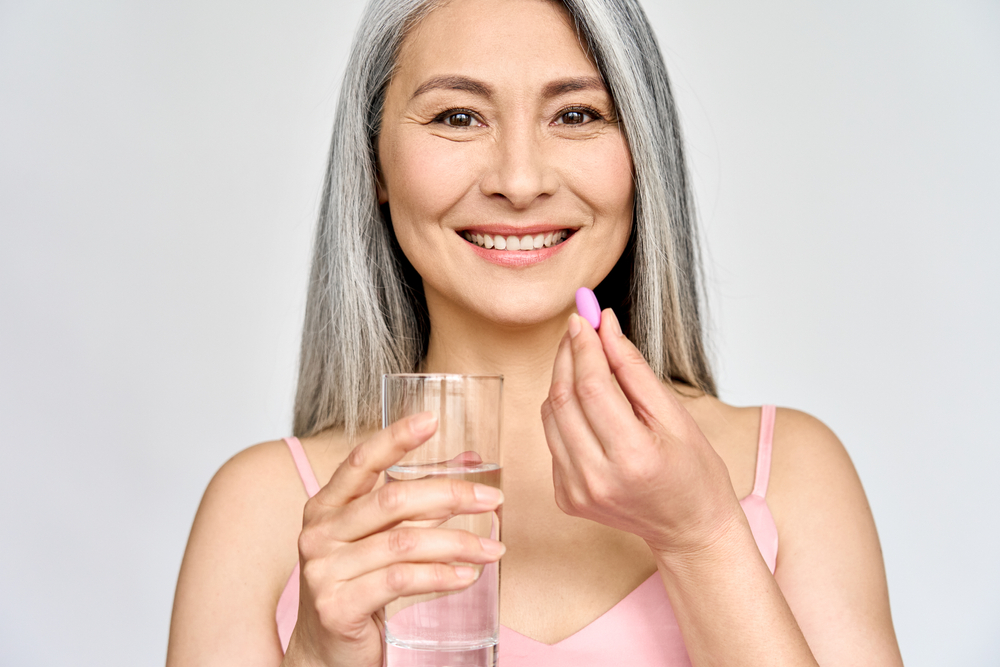
Collagen supplements have become a popular anti-aging trend, with claims that they can reduce wrinkles, improve skin elasticity, and strengthen hair and nails. While collagen is an important protein in the body, consuming it in supplement form doesn’t necessarily lead to visible benefits. The body breaks down ingested collagen into amino acids, which are then used wherever needed—not necessarily for skin repair. Many people assume that taking collagen will directly translate to younger-looking skin, but results vary widely.
Instead of relying on collagen supplements, focusing on a nutrient-rich diet is a better approach to skin health. Foods high in vitamin C, antioxidants, and healthy fats help support collagen production naturally. Staying hydrated and protecting the skin from sun damage also play a bigger role in maintaining youthful skin. While collagen supplements aren’t necessarily harmful, they are often overpriced and overhyped. Ultimately, a balanced diet and skincare routine will provide better long-term results than any supplement.
Natasha is a seasoned lifestyle journalist and editor based in New York City. Originally from Sydney, during a stellar two-decade career, she has reported on the latest lifestyle news and trends for major media brands including Elle and Grazia.

